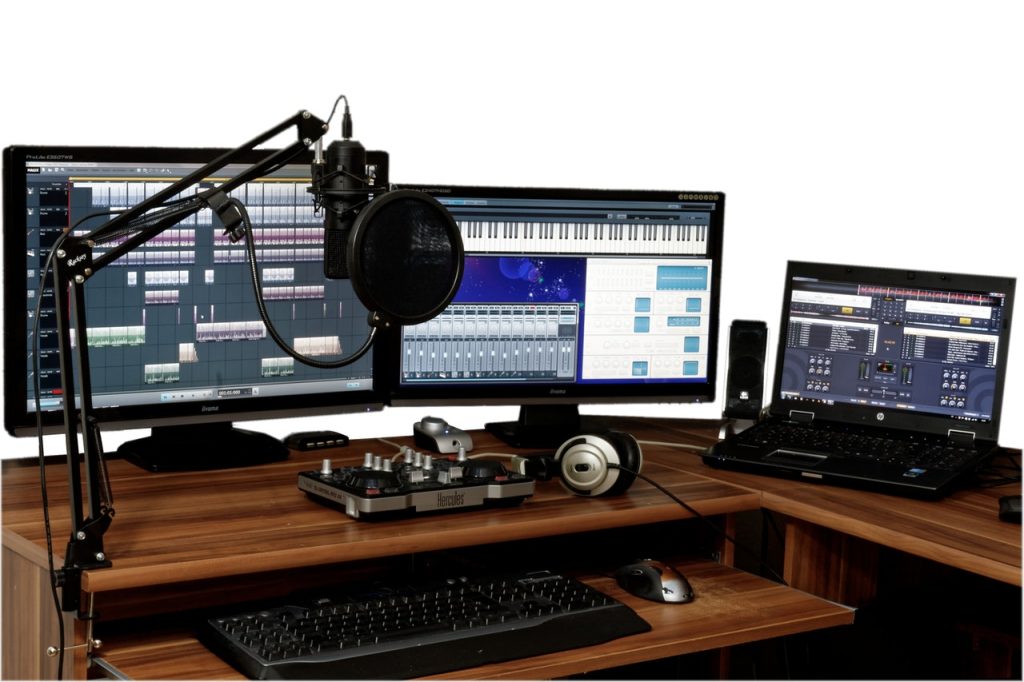
Here is how you can use keyboard shortcuts to make your Multi-Screen experience in Windows Better
Desktop operating systems are much more versatile than mobile operating systems, and are designed to be more general-purpose as well, with support for a host of different devices and ports. If your device supports it, you can hook it up to multiple screens as well and work with more than one screens simultaneously, allowing you much more screen real-estate and giving you a much better experience overall. Especially people who prefer the portability of their laptops but want a big-screen experience at their workplace or home, can buy a secondary screen and simply plug in their laptop whenever needed.
Most people who experience using multiple screens even once find it hard to go back to using just one small screen. You can use our guide on connecting an external screen to your Windows laptop. However, one disadvantage of using multiple screens is the added complexity of managing your applications, especially multi-Window applications. Fortunately, Microsoft has added a host of keyboard shortcuts in Windows that, if used effectively, try to make the whole experience much more manageable – for a list of all the useful little Windows keyboard shortcuts, you can read our guide over here or even assign your own keyboard shortcuts by remapping your keys.
Here, we have compiled a list of some of the most useful keyboard shortcuts to make your multi-screen experience on Windows much better,
Window Resizing
- Minimize Window
START + DOWN ARROW KEY
If your currently active window is maximized, this shortcut will make it smaller first, and if pressed again, will minimize the window completely. - Maximize Window
START + UP ARROW KEY
If your currently active window is minimized, this shortcut will make it larger first, and if pressed again, will maximize the window completely.
- Snap Window to Left
START + LEFT ARROW KEY
This will snap/stick your currently active window to the left side of the screen, making it cover exactly half the screen. - Snap Window to Right
START + RIGHT ARROW KEY
This will snap/stick your currently active window to the left side of the screen, making it cover exactly half the screen.
Window Placement
- Switch Active Window Screen
SHIFT + START + LEFT/RIGHT ARROW KEY
You can use this combination to change the currently active application’s screen. For example, if you are using two screens and the application you are using is on Screen 1, you can press SHIFT + START + LEFT ARROW KEY to go the Screen 2. Pressing it again will get you back to Screen 1 and so on. You can use either Left or Right Arrow key for this.
Switching Active Window
- Next Application Window
ALT + TAB
You can switch to the next open application window by using this keyboard combination. - Previous Application Window
SHIFT + ALT + TAB
You can switch to the previously active application window by using this keyboard combination.
Switching Active Tab
If you are using an application that supports the tab functionality, like any modern browser or text editor, etc., you can use these shortcuts to navigate the tabs.
- Next Tab
CTRL + TAB
You can switch the next tab by using this keyboard combination. - Previous Tab
SHIFT + CTRL + TAB
You can switch the previous tab by using this keyboard combination. - Tab Number
CTRL + [1-8]
You can switch to the exact tab by giving it the tab number, for example, CTRL + 3 to go to the third tab. - Last Tab
CTRL + 9
You can switch to the last tab in the currently active application by using this key combination.

